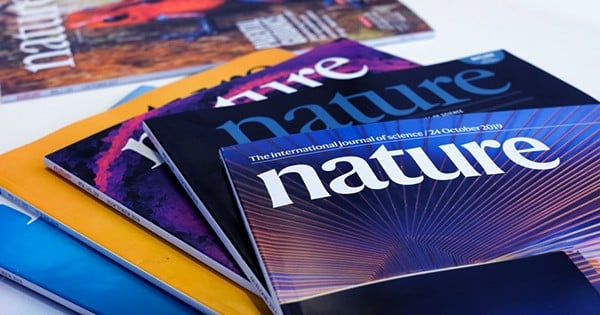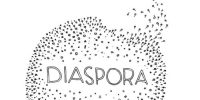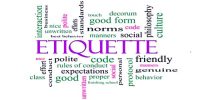For the first time in history, a single language has dominated worldwide scientific communication. However, the real production of knowledge remains a multilingual endeavor.
The use of English as the norm presents difficulties for researchers from areas where English is not widely spoken. They must select whether to publish in English for global exposure or in their original language to make their work available to local groups. When they work in English, they spend more time and effort writing and rewriting articles than their native English-speaking colleagues.
Academic publishers, as gatekeepers of scientific knowledge, have a significant impact on whether or not a multilingual scientific community may participate. So, how are they doing?

We examined the practices of 736 biological sciences journals and observed that the vast majority make limited efforts to address language obstacles in academic publishing. Our findings are reported in the Proceedings of the Royal Society B.
A broad spectrum of inclusive policies: Linguistically inclusive policies take numerous forms and can be introduced at any level of the editing process. They could want to make publication more multilingual. Alternatively, if they continue with English, they may seek to alleviate the strain on non-native English speakers.
Allowing articles to be published in multiple languages at the same time would ease the issue that many non-native English-speaking scholars confront when deciding whether to communicate locally or worldwide. However, just 7% of the publications we surveyed permitted this option. (An additional 11% will accept multilingual versions of abstracts alone.)
Another option is to use machine translation software to make versions of an article available in different languages on a journal’s website. There has been recent improvement in this area, but only 11% of the journals surveyed have implemented it.
Journals can also demonstrate that they value submissions from authors with varied language backgrounds by clearly stating that they will not reject manuscripts based merely on the perceived quality of the English. Surprisingly, we discovered that only two articles stated this.
Similarly, giving authors instructions in several languages would attract more contributions from diverse authors. While 11% of the journals we looked at translated specific aspects of their recommendations into other languages, just 8% provided their whole guidelines in several languages.
To ensure that published research benefits from the scientific contributions of researchers from all over the world, journals should expressly allow or encourage the citation of non-English literature. Only one-tenth of journals include this in their author instructions.
Journals may also implement steps to ensure that work submitted by non-native English speakers is evaluated equitably. One such measure is to provide English-language editing services.
More than half of the journals we studied recommended editing services to writers, with only 1% providing the service for free. The cost of editing may be a significant financial hardship for scholars in low-income nations.
Another approach is to educate reviewers and editors about language difficulties and instruct them to evaluate papers only on their research qualities. This is something only 4-6% of journals do.
Drivers of inclusivity: We also uncover two critical factors influencing a journal’s adoption of linguistically inclusive policies.
The first is the impact factor, which is a typical metric for determining a journal’s prestige. We discovered that journals with higher impact factors tend to have less inclusive policies, probably because they primarily target English-speaking authors and readers.
The second factor is ownership by a scientific society. Journals owned by scientific societies typically adopt more inclusive practices. They have also taken the initiative to publish multilingual content.
Many scientific groups have a mission to promote diverse communities. They have the backing of their members and are well-positioned to advocate for cultural change in scientific publishing.
We also discovered that open-access publications (which make research freely available to the public) were no more likely to implement inclusive language policies than journals with more diverse editorial boards.
It’s puzzling that linguistically varied board members appear to have little influence. Perhaps editors who have faced language obstacles in their own professional lives do not support non-native English-speaking authors. Perhaps editorial boards have less power to define editorial policies than we might think.
Linguistic obstacles: Language hurdles exacerbate geographic disparities, limiting knowledge sharing. Tackling them in academic writing is crucial for effectively addressing regional and global challenges like health and conservation.
In our research, we examined a variety of linguistically inclusive policies, but there are several more things journals can do to assist scientists from non-English speaking backgrounds. These include the use of artificial intelligence capabilities and the renegotiation of copyrights to allow for the dissemination of translations elsewhere.
















